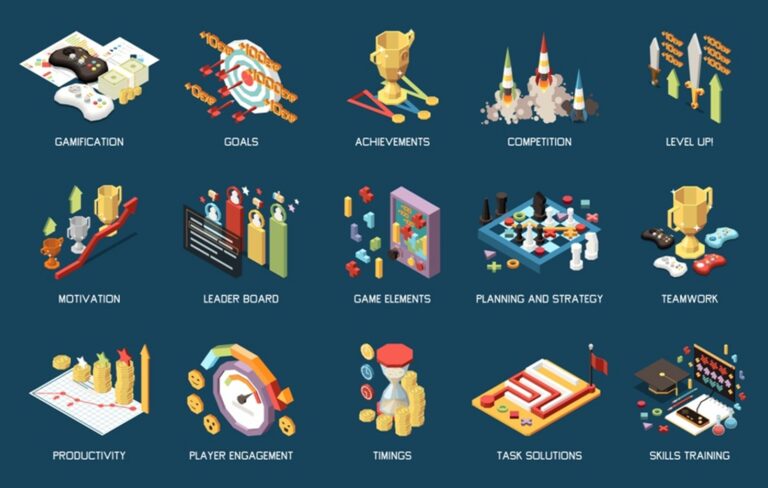The educational world is enriched by the introduction of gamification techniques, true allies for students with specific learning disorders, also known under the term “Dys” disorders. This approach, far from being uniform, is characterized by its great adaptability, allowing for the creation of tailor-made learning environments that facilitate concept memorization, stimulate class participation, and strengthen self-esteem among students.

The positive impact of gamification on Dys students
Gamification, by integrating innovative pedagogical methods, offers a particularly effective solution to address the challenges faced by Dys learners in an inclusive manner. To develop lessons that truly meet individual needs, it is crucial to understand the specific challenges posed by each Dys disorder – whether it is dyslexia affecting reading; dysgraphia impacting writing; dyspraxia influencing motor coordination; dyscalculia disturbing mathematical skills; dysorthography altering spelling; or dysphasia complicating language expression and comprehension. The positive impact of gamification on Dys students extends beyond engagement and customization of learning. It also initiates a paradigm shift in the perception of educational failure, transforming obstacles into steps towards success. This philosophy, applied within an educational framework, promotes a vision where learning is an essential and evolving journey.
A fundamental aspect of gamification lies in its ability to teach students that failure, far from being a fatality, is an integral part of the learning process, mirroring the challenges encountered in games. This perspective encourages students, especially those with Dys disorders, to view obstacles not as signs of inferiority but as opportunities for learning and personal development.
Digital Gamification Technologies
Digital gamification technologies offer a range of tools particularly suited to the needs of Dys students by allowing for extensive customization of the educational experience. Through adjustments such as the use of distinctive colors, clear symbols, visual and auditory supports, or specific fonts, each student can benefit from a pedagogical approach designed to overcome their particular difficulties.

Furthermore, gamified learning environments play a crucial role in strengthening the self-confidence of Dys students by providing immediate feedback, which helps them quickly grasp their mistakes and progress at the same pace as their peers. These environments also promote collaboration, encouraging students to join forces to achieve common goals, allowing everyone to value their specific skills while benefiting from the support of their classmates.
Selecting appropriate gamification tools is essential for creating inclusive learning experiences. And for this reason, we have selected 4 gamification tools that could represent an asset for learning:
- GDL Online Course: This in-depth online program is tailored for educators and parents, offering strategies to incorporate gamification into learning environments effectively. It’s designed to aid understanding of “Dys” disorders and how to adapt educational practices to meet a variety of learning needs.
- STEMbot Chatbot: A cutting-edge, interactive chatbot designed to assist students in Science, Technology, Engineering, and Mathematics (STEM) subjects through gamified learning experiences. It provides personalized tutoring and interactive challenges to make learning more engaging for students with learning difficulties.
- Sounds of Stories/Audio stories and pedagogical sequences: An innovative tool that uses the power of storytelling and soundscapes to enhance reading comprehension and engagement. It’s especially helpful for students with dyslexia or dyspraxia, providing a multisensory reading experience that supports literacy development.
- Save&Game- Escape Games & Toolbox: The project help youth workers provide information about sustainability and other environmental challenges to the youth and raise awareness among young people (ages 15-21) on sustainability through the use of a gamified approach.

